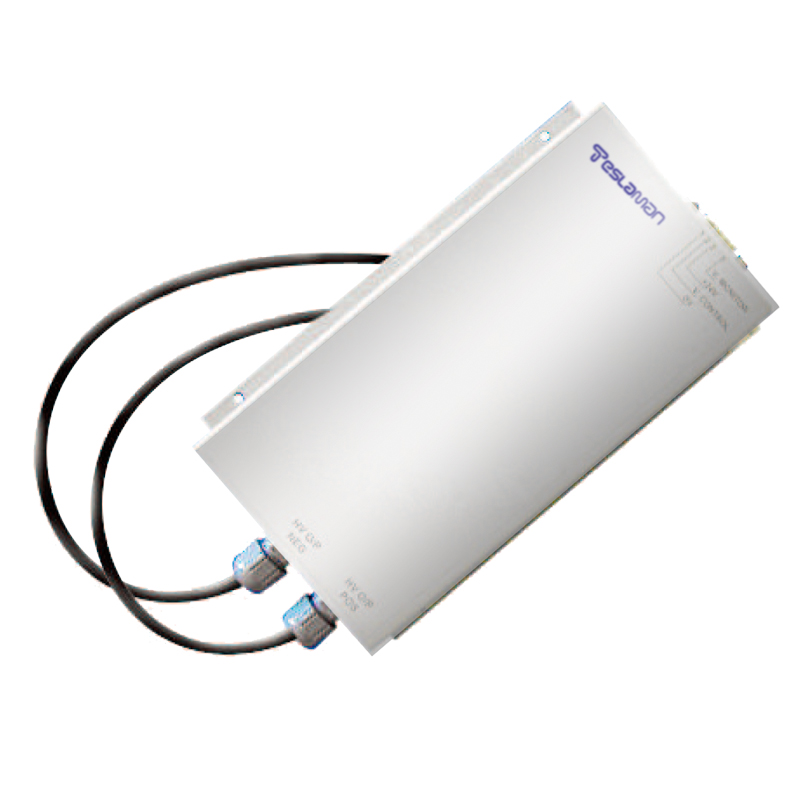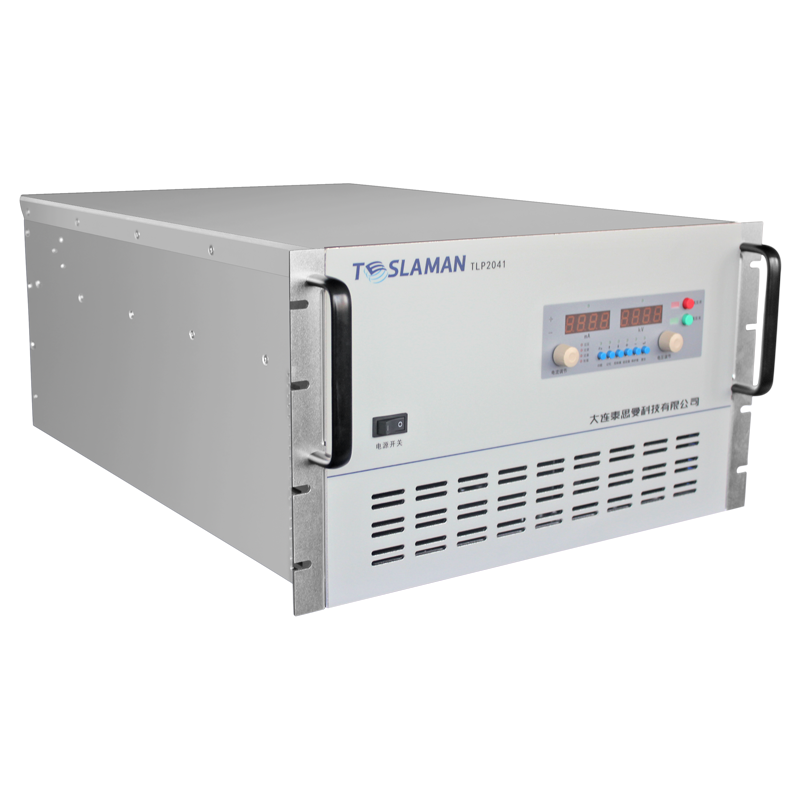acterial Survival Curve of High-Voltage Power Supply for Irradiation Sterilization
In the technical system of irradiation sterilization, the high-voltage power supply for irradiation sterilization plays a core role, and its bacterial survival curve is a key element in evaluating the sterilization efficiency. This curve reveals the internal relationship between the irradiation dose and the survival state of bacteria through an intuitive graph, providing crucial guidance for optimizing the sterilization process and ensuring product safety.
When the high-voltage power supply for irradiation sterilization is in operation, it emits high-energy rays, commonly electron beams and X-rays. These rays carry substantial energy and penetrate into the interior of bacteria, triggering a series of physical and chemical changes. The energy of the rays directly acts on the DNA molecules of bacteria, breaking their chemical bonds and causing DNA strand breaks. Meanwhile, the rays interact with water molecules surrounding the bacteria, generating highly reactive free radicals, such as hydroxyl radicals (·OH). These free radicals further attack the proteins, cell membranes, and other key biomolecules of bacteria, disrupting the normal physiological functions of the cells and ultimately leading to bacterial death.
The bacterial survival curve takes the irradiation dose as the abscissa and the logarithm of the number of surviving bacteria as the ordinate. The trend of the curve shows typical characteristics. Initially, with a slight increase in the irradiation dose, the number of surviving bacteria drops sharply, and the slope of the curve is relatively large. This is because there is a part of the bacterial population that is highly sensitive to rays. Under low-dose irradiation, their DNA and cell structures are severely damaged and lose activity rapidly. As the irradiation dose continues to rise, the slope of the curve gradually decreases and flattens out. This indicates that the remaining surviving bacteria have stronger tolerance. Their DNA repair mechanisms may be more complete, or their cell structures can better resist the damage of rays.
A variety of factors can have a significant impact on the bacterial survival curve. From the perspective of the characteristics of bacteria themselves, there are differences in the thickness and composition of the cell walls of different types of bacteria, as well as the activity of DNA repair enzymes. For example, bacteria of the genus Bacillus, due to their spore structures that can effectively resist adverse external environments, have much higher tolerance to irradiation than ordinary bacteria, and their survival curves decline more slowly. Environmental factors cannot be ignored either. In an anoxic environment, the number of free radicals generated by the interaction of rays with water molecules decreases, the effect of irradiation sterilization weakens, and the survival curve shifts to the right. However, if there are sensitizers in the environment, such as certain halogenated compounds, they can enhance the damage of rays to bacteria and shift the survival curve to the left.
Studying the bacterial survival curve of the high-voltage power supply for irradiation sterilization has great practical significance. In the food processing industry, determining the accurate irradiation dose based on the curve can not only efficiently kill harmful microorganisms and extend the shelf life of food but also retain the nutritional components and flavor of food to the greatest extent. In the medical field, for the irradiation sterilization of disposable medical devices, relying on the bacterial survival curve can ensure thorough sterilization and guarantee the safety of patients. Through in-depth research and application of the curve, the high-voltage power supply for irradiation sterilization can play a greater role in many fields, laying a solid foundation for protecting public health and improving product quality.




















